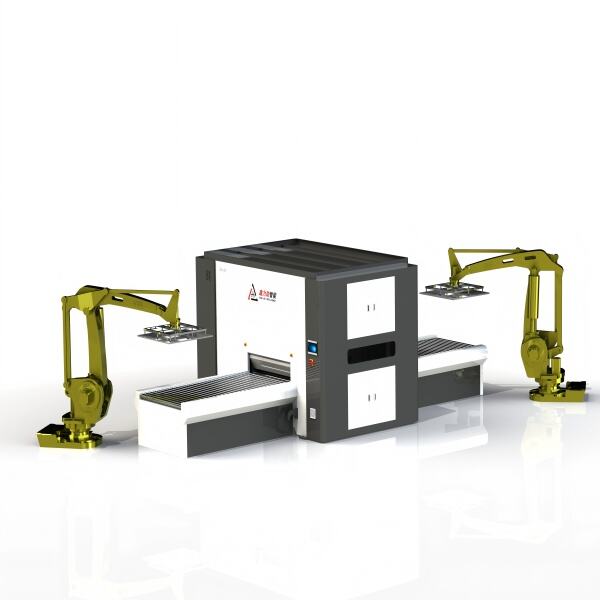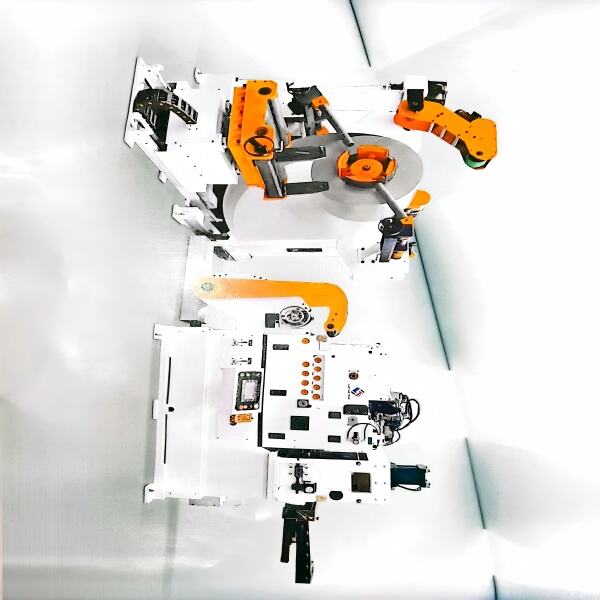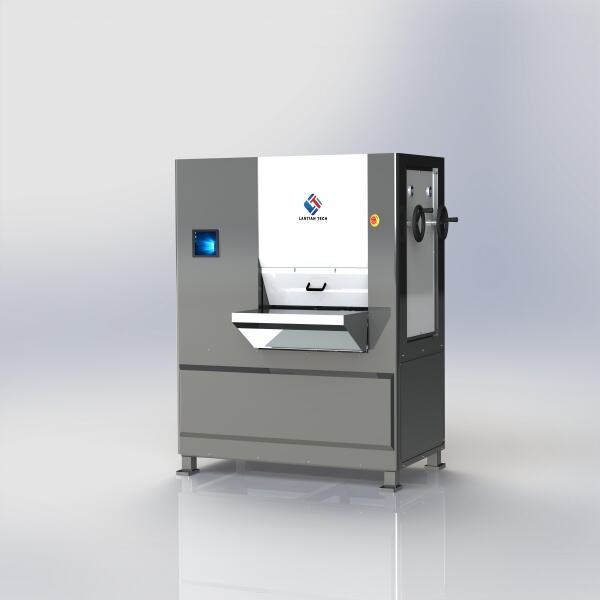uncoiling blanking production line types
Uncoiling blanking production lines represent advanced manufacturing systems designed to efficiently process metal coils into precise blank sheets. These sophisticated lines integrate multiple operations, including decoiling, leveling, feeding, and precision blanking processes. The system begins with a decoiling unit that carefully unwinds metal coils, followed by a leveling mechanism that ensures material flatness. Advanced feeding systems then precisely control material movement through the line. The blanking station, equipped with high precision dies, cuts the material into specified shapes and sizes. Modern lines feature automated control systems that maintain consistent quality and production speed. These lines commonly process various materials including steel, aluminum, and copper, with thickness capabilities ranging from 0.3mm to 6.0mm. The technology incorporates safety features such as emergency stops and overload protection. Production speeds can reach up to 30 strokes per minute, depending on material specifications and blank size requirements. These lines are essential in automotive manufacturing, appliance production, and general industrial applications, offering high efficiency and precision in sheet metal processing.


